
This huge masterpiece has been excessively written on, but most of the text, in my modest opinion, is spurious. The painting refutes the continual attempts to find specific social and political dimensions. It has continued to frustrate in its refusal to be fully contextualised.
Most commentators refuse to start with the work itself, seemingly ignoring the need to place it in a visual context. When we do this it becomes clear that the work is Davidian in plastic construction, think of ‘The Crowning of Josephine’ and Rembrandtian in handling. This later stylistic observation, when removed from its connection to a Dutch heritage, has mistakenly been used as evidence of political and social subversion. Viewer’s comments that the work was ‘ugly’ and offensive are merely evidence to eyes trained on a different aesthetic.
David's ‘The Crowning of Josephine’

Beyond these general observations it is the visual dynamics of the piece which I feel reveal its meaning.
A noticeable difference can be spotted between the circle of mourners in the final painting and the preparatory sketch. In the final painting the second row of figures is no longer lost behind the front row. Courbet has raised the point from which we view, lifting the figures higher than strict perspective rules allow. Tonal contrasts of their costumes are used to frame them, creating a wall of black punctuated by the continued row of fleshy faces and white hats.

In the sketch we view across, like a procession in a frieze. In the painting we are actively engaged in the act of viewing, with the mourners arranged into a processional circle which our eye joins and rotates around. It is a new rhythm which unites the individuals as a whole, a community at one in grief. It reveals the central meaning of the painting, not the individual’s death but the communities’ reaction to it.
This fact is reinforced by the position of the body/coffin. It is placed to the far left, at an oblique angle, only half in frame. This creates a sense of the moment of arrival and the transience of human life. This is what people are waiting for. It about this specific moment before burial, where mourners must very soon make a philosophical decision over what they believe happens to the physical remains.
The specific condition of their mourning is revealed by the apex of the circle of mourners. The point they will all come to rest, is central and directly between the two key men, the priest and the man in a blue suit and socks. They have to make a choice between the two sides the men represent, religious and secular. The space between the men resonates with meaning. Courbet understands the poetics of space- one which not only awaits a body but which asks each viewer and mourner to fill it with meaning.

Such a reading is reaffirmed by the two most prominent iconographical signs. That which pierces the horizontal and that which lays across and below the horizontal.

The cross is the only thing to break the horizon line, so gaining a prominence. In doing so it reasserts its visual sign, the vertical breaking the horizontal, and also its symbolic reference, the transcendence from a profane to sacred a realm.
The grave also reasserts its sign and signification. In reality a grave is hole dug for remains, visually it references the idea, placed on the bottom horizontal and continuing beyond its edge. Symbolically the grave is the place where the body will be placed and rot and in the picture its continuation into nothingness symbolises this.
What we are left with is a kind of mid 19th century philosophy of the funeral, not the last judgement of heaven or hell but the choice of an afterlife or end of life. The need for the community to make their decision. A work about their communal mourning and freedom and need to choose what they believe. In this sense it relates to both the last judgement and to Christian funeral scenes.


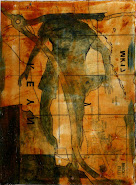

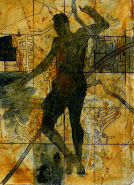

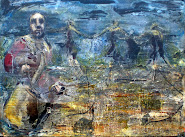

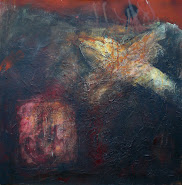

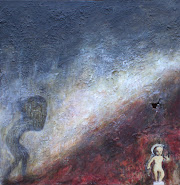

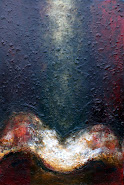

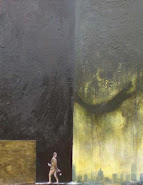



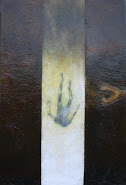





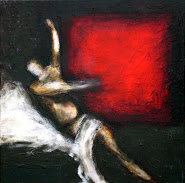


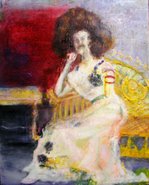
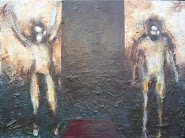


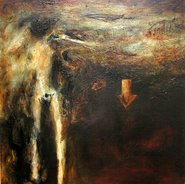

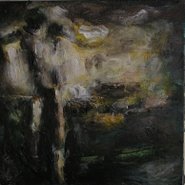
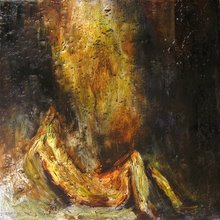
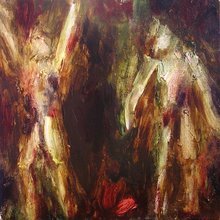
No comments:
Post a Comment